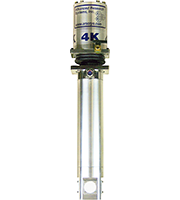Fourier-Transform Infrared Spectroscopy
Related Cryostats:
X-1AL Economy
Easy optical alignment
All purpose
Low cost
LT4
All-purpose, low cost flow cryostat
Maintains the high cooling power of the LT3
UHV option available
| Cryostat Model | Type |
|---|---|
| LT4 | Flow |
X-1SS High Performance
Best for electrical, magnetic, and optical experiments
| Cryostat Model | Type |
|---|---|
| DMX-1SS | CCR |
| FMX-1SS | CCR |
| GMX-1SS | CCR |
| LT3-WMX-1SS | Flow |
X-20 Ultra-Low Vibration
Vibrations < 3-5 nm
Quick and easy sample access via pop-off shroud
High temperature stability
| Cryostat Model | Type |
|---|---|
| CS202-DMX-20 | CCR |
| CS204-DMX-20 | CCR |
| CS210-GMX-20 | CCR |
Customer References:
J. Paul Devlin, Department of Chemistry, Oklahoma State University, USA: Phys. Chem. Chem. Phys., 13, 19707–19713 (2011); Chem. Phys. Lett. 492, 1–8 (2010).




